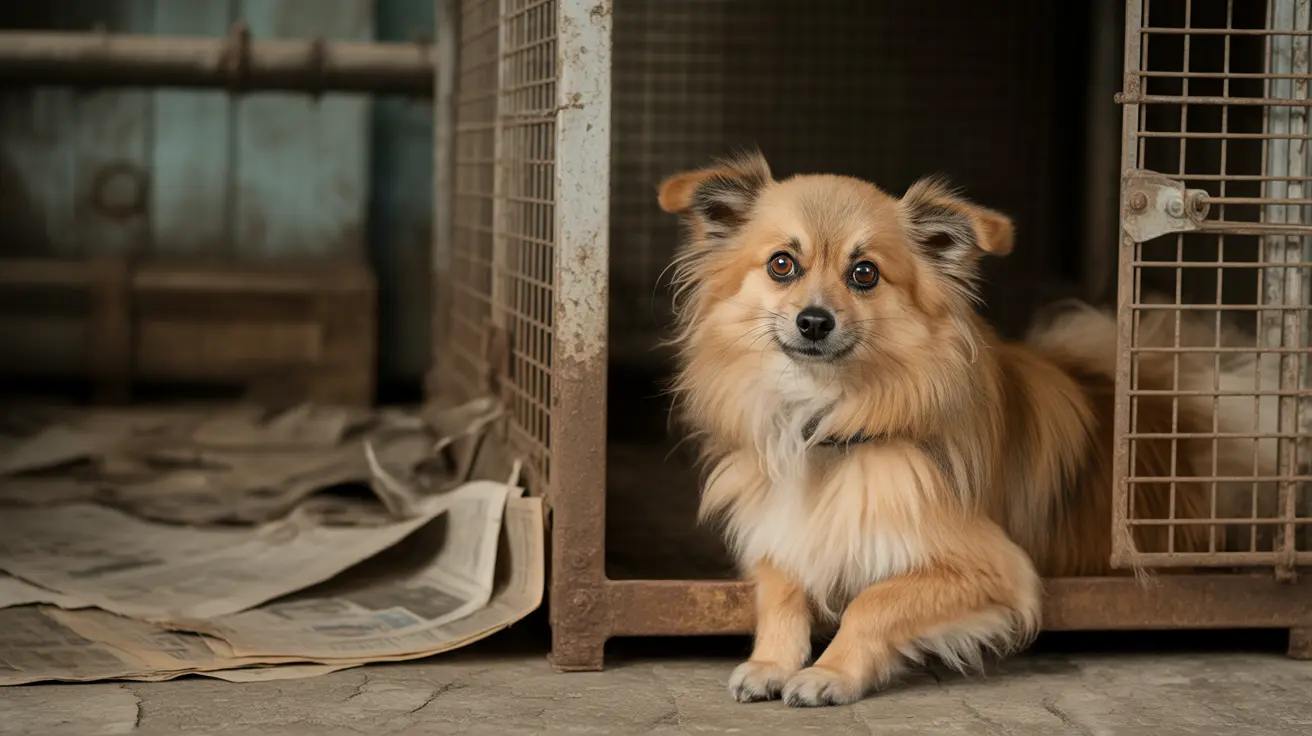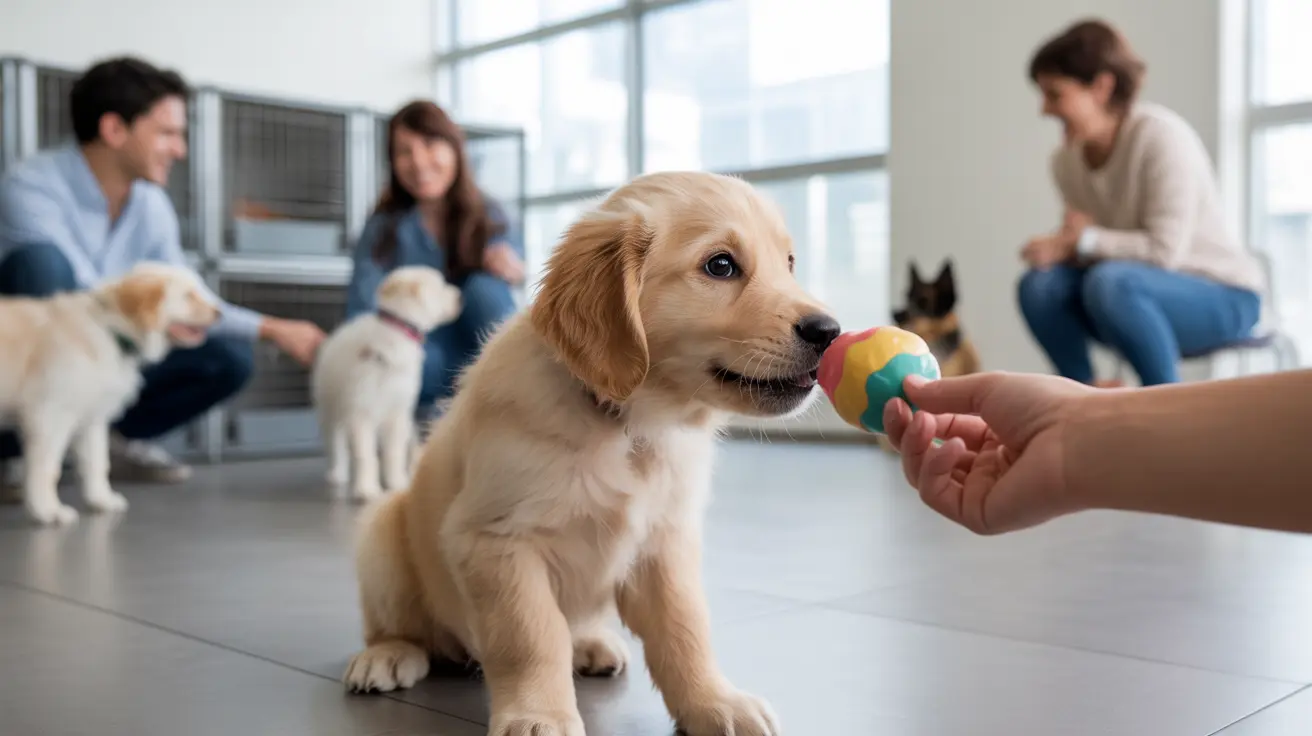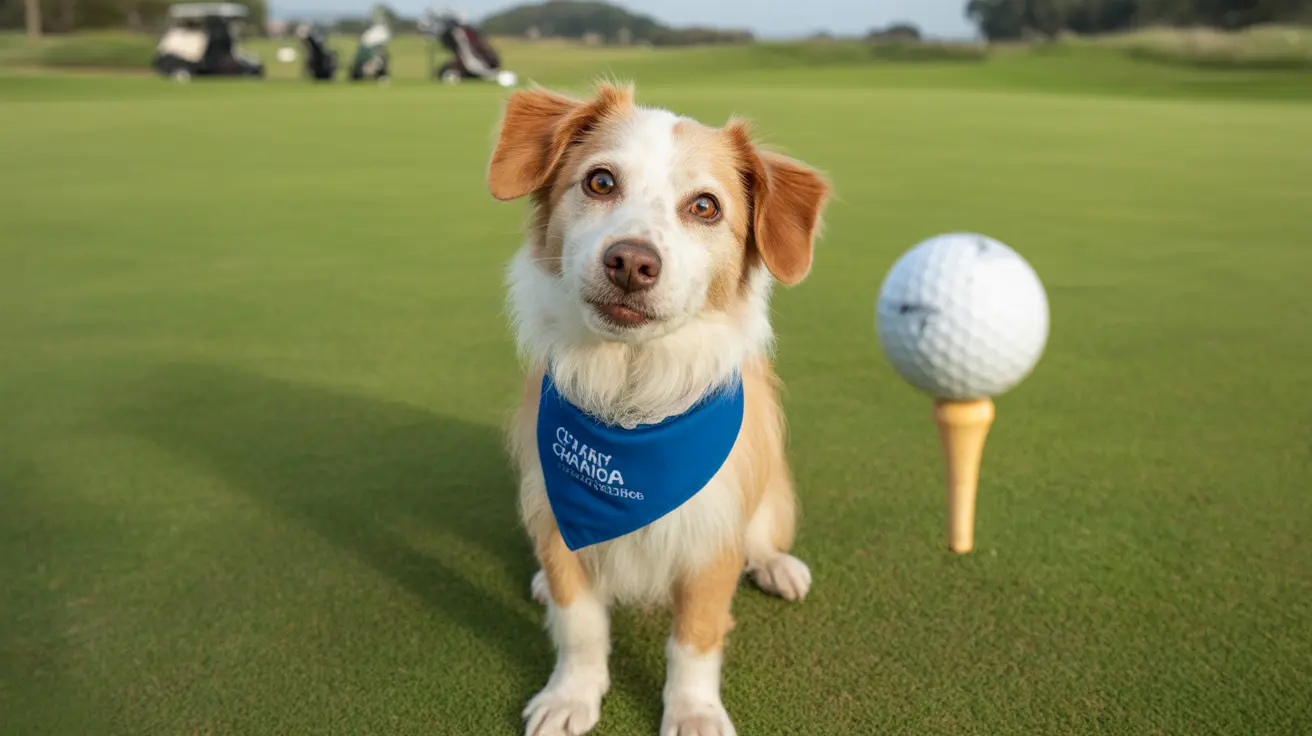The Most Common Drug Sniffing Dog: Breeds That Detect Narcotics
Drug detection dogs are an integral part of law enforcement and security operations worldwide. These dedicated canines are trained to identify the presence of specific illegal substances using their highly sensitive sense of smell. Among all dog breeds utilized for this vital work, a few stand out due to their characteristics, intelligence, and trainability. In this article, we'll delve into the world of drug-sniffing dogs and explore the most commonly used breed along with others that also excel in this area.
Why Some Dog Breeds Are Better Suited for Drug Detection
Dogs have an extraordinary sense of smell—tens of thousands of times more sensitive than that of humans. However, not all dogs are equally effective in working roles. The ideal drug-detection dog must meet various criteria:
- High trainability: Ability to learn commands and stay focused
- Exceptional scenting capability: Heightened olfactory senses
- High energy and stamina: Willingness to work for extended periods
- Desire to please: Easily motivated by rewards such as toys or treats
- Social temperament: Ability to interact with handlers and the public in stressful environments
1. German Shepherd: The Top Drug Sniffing Dog
The
German Shepherd is the most commonly used drug-sniffing dog around the world. This breed is well known for its intelligence, loyalty, and work ethic, making it a favorite for police, military, and security operations.
- Origins: Originally bred in Germany as herding and guard dogs
- Skills: Excellent memory, quick learners, and capable of retaining complex training
- Application: Frequently used for drug detection, search-and-rescue, and patrol operations
German Shepherds can detect narcotics like marijuana, cocaine, heroin, and methamphetamines. Their intimidating appearance often serves as a deterrent in addition to their detection abilities.
2. Labrador Retriever
The
Labrador Retriever is another popular breed used in drug detection, particularly in public places where a non-threatening appearance is preferred.
- Characteristics: Friendly, sociable, and easy to train
- Detection Work: Used by airports, customs agencies, and postal inspection services
- Strengths: Strong work drive, food motivation, and adorable demeanor that helps alleviate tension
Labradors are often trained to work in discrete settings and environments that require subtlety and gentleness.
3. Belgian Malinois
The
Belgian Malinois is an agile, focused, and intensive breed preferred by military and special tactical units.
- Performance: High strength-to-size ratio, extreme energy, and focus
- Purpose: Frequently used in high-security situations including anti-terror operations
- Training: Requires early and consistent training, thrives with experienced handlers
These dogs are frequently seen in tasks requiring speed and agility where intense focus is necessary.
4. Springer Spaniel
Though less common than the previous three, the
Springer Spaniel is a top choice for confined-space drug searches.
- Size: Compact build makes them adaptable in tight spaces
- Energy: High activity level and exceptional drive for hunting scents
- Use: Deployed in airports, ports, and transport hubs
Their playful nature may surprise some, but this trait is channeled into enthusiastic and effective detection work.
5. Border Collie
Known for their intelligence,
Border Collies occasionally serve as detection dogs where quick learning and advanced task completion are needed.
- Best Known For: Herding, but also adept at detection and agility tasks
- Disposition: Need mental and physical stimulation
- Usage: Less common but highly effective in specialized circumstances
How Dogs Are Trained to Detect Drugs
Drug detection training is intensive and methodical. It involves positive reinforcement techniques to associate the scent of drugs with a reward.
- Exposure to drug scents using safe training aids
- Teaching the dog a “passive alert,” such as sitting or staying still, when drugs are detected
- Consistent practice in real-world scenarios (luggage, vehicles, buildings)
- Reinforcement of correct responses with treats, toys, or praise
Veteran trainers emphasize the importance of consistency in training and regular scent refreshers to keep a dog’s skills sharp.
Conclusion
The
German Shepherd holds the top spot as the most common drug sniffing dog due to its superior intelligence, obedience, and strong work ethic. However, other breeds like
Labrador Retrievers and
Belgian Malinois also play critical roles in narcotics detection. Each breed brings unique strengths that cater to different operational needs, making drug detection a multi-breed field filled with specialized canine professionals.
Whether in bustling airports, remote borders, or crowded public events, these four-legged heroes are essential guardians in the fight against illegal drug trafficking.





